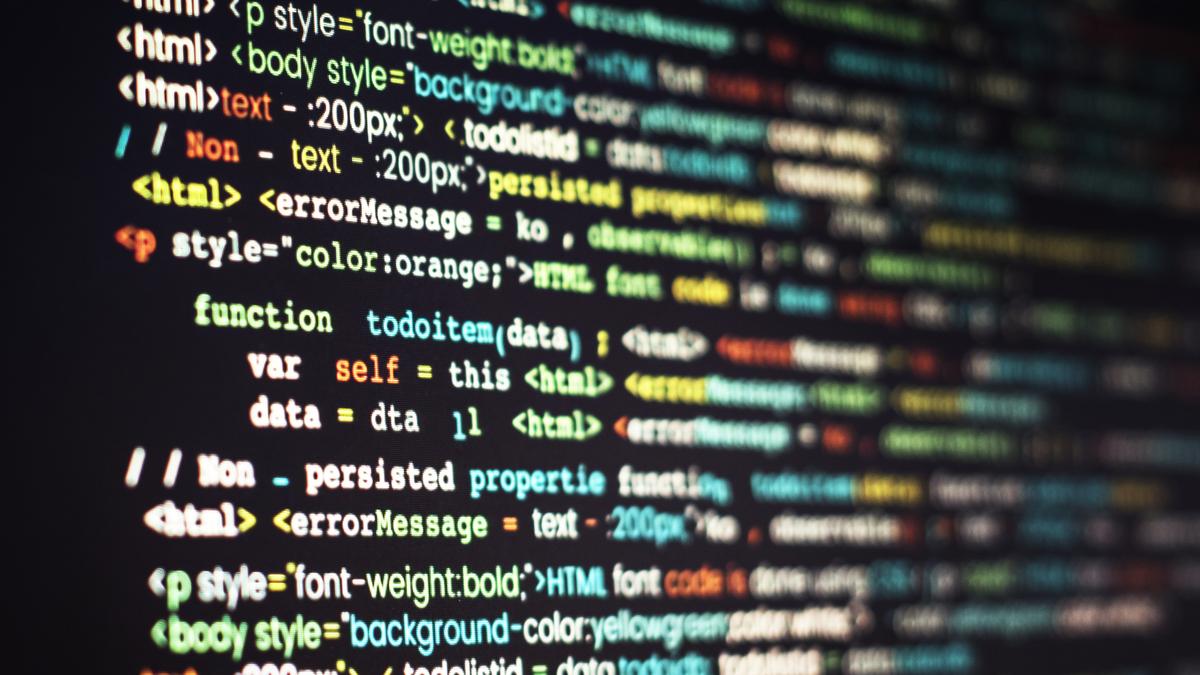Science
The Evolution of Coding: From Ancient Machines to Modern Software

Coding, also referred to as computer programming, is the essential process of converting human instructions into a format that machines can understand. It involves using programming languages such as Python, JavaScript, and Java to create everything from websites to mobile applications. At its core, coding focuses on logic and organized thinking, allowing coders to develop algorithms—step-by-step instructions for solving problems or automating tasks.
The Historical Roots of Coding
While coding may seem like a contemporary concept, its origins extend back centuries. The earliest attempts to program machines occurred long before the advent of electronic computers. In the 9th century, the Banu Musa brothers crafted mechanical musical instruments, including an automatic flute player. By 1206, Al-Jazari invented automated drums operated with pegs. These early devices represent fundamental forms of encoding machine instructions, laying the groundwork for modern coding.
The formalization of computer programming is often credited to Ada Lovelace, a British mathematician from the 19th century. Collaborating with Charles Babbage, who designed the first mechanical computer known as the Analytical Engine, Lovelace wrote instructions intended for machine processing. In 1843, she published what is recognized as the world’s first computer program—an algorithm to compute Bernoulli numbers for Babbage’s machine.
The Rise of Programming Languages
As technology advanced, so too did the methods for programming. The introduction of the stored-program computer after World War II necessitated more systematic approaches to coding. Early computers operated using binary code—a complex series of 1s and 0s—known as machine code. This complexity led to the development of higher-level programming languages.
In 1957, one of the earliest significant coding languages, FORTRAN (FORmula TRANslation), emerged. FORTRAN allowed programmers to write instructions in a language more akin to mathematics, significantly broadening accessibility. Following this, languages such as COBOL for business applications, LISP for artificial intelligence research, BASIC for educational purposes, and C for systems and operating system development further expanded the coding landscape.
The introduction of personal computers in the 1970s and the explosive growth of the internet in the 1990s democratized coding, shifting it from the realm of specialists to the general public. This evolution has transformed coding into an essential skill, with many individuals now having the opportunity to learn basic coding concepts.
Today, coding permeates virtually every aspect of modern life. It powers not only computers but also smartphones, electric vehicles, medical devices, and serves as the backbone of finance, communication, and government systems. Modern programming languages, including Python, JavaScript, and Swift, are designed to be more readable and logical, making coding accessible to a broader audience.
The open-source movement has further revolutionized coding by promoting collaborative software development. This initiative allows individuals worldwide to share, modify, and innovate upon existing code, fostering a dynamic community of coders.
The journey of coding from its ancient mechanical origins to its current ubiquity in technology highlights a continuous blend of imagination and logic. The foundational spirit of innovation established by early coders remains alive today, inspiring new generations to explore the world of programming.
-

 World5 months ago
World5 months agoSBI Announces QIP Floor Price at ₹811.05 Per Share
-

 Lifestyle5 months ago
Lifestyle5 months agoCept Unveils ₹3.1 Crore Urban Mobility Plan for Sustainable Growth
-

 Science4 months ago
Science4 months agoNew Blood Group Discovered in South Indian Woman at Rotary Centre
-

 World5 months ago
World5 months agoTorrential Rains Cause Flash Flooding in New York and New Jersey
-

 Top Stories5 months ago
Top Stories5 months agoKonkani Cultural Organisation to Host Pearl Jubilee in Abu Dhabi
-

 Sports4 months ago
Sports4 months agoBroad Advocates for Bowling Change Ahead of Final Test Against India
-

 Science5 months ago
Science5 months agoNothing Headphone 1 Review: A Bold Contender in Audio Design
-

 Top Stories5 months ago
Top Stories5 months agoAir India Crash Investigation Highlights Boeing Fuel Switch Concerns
-

 Business5 months ago
Business5 months agoIndian Stock Market Rebounds: Sensex and Nifty Rise After Four-Day Decline
-

 Sports4 months ago
Sports4 months agoCristian Totti Retires at 19: Pressure of Fame Takes Toll
-

 Politics5 months ago
Politics5 months agoAbandoned Doberman Finds New Home After Journey to Prague
-

 Top Stories5 months ago
Top Stories5 months agoPatna Bank Manager Abhishek Varun Found Dead in Well









